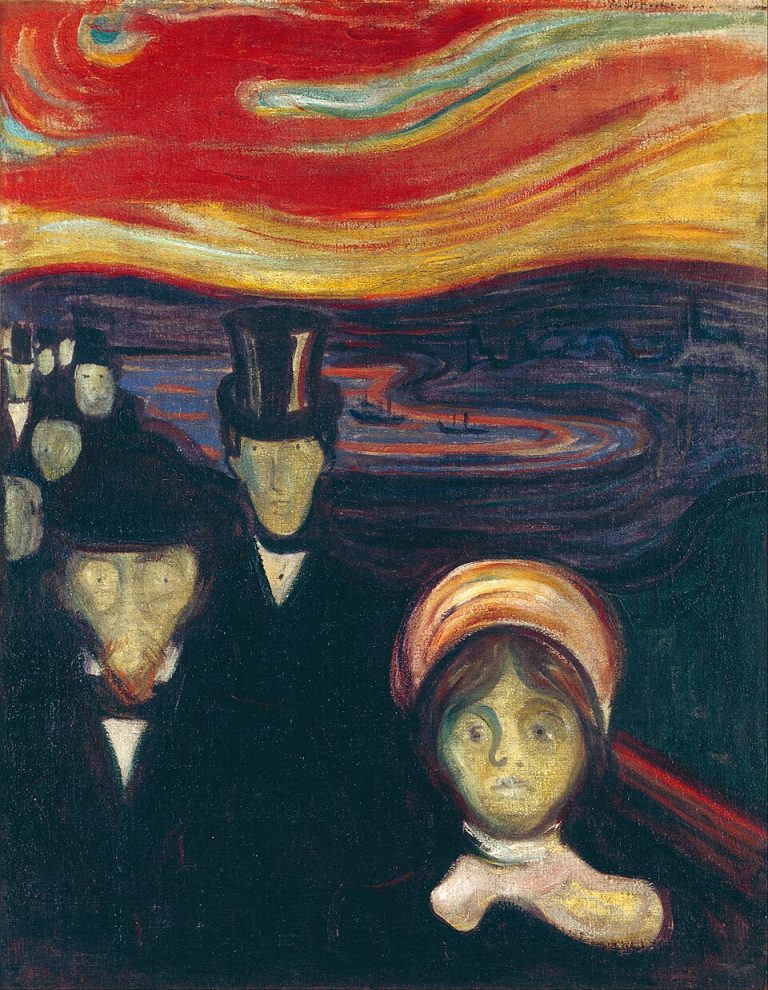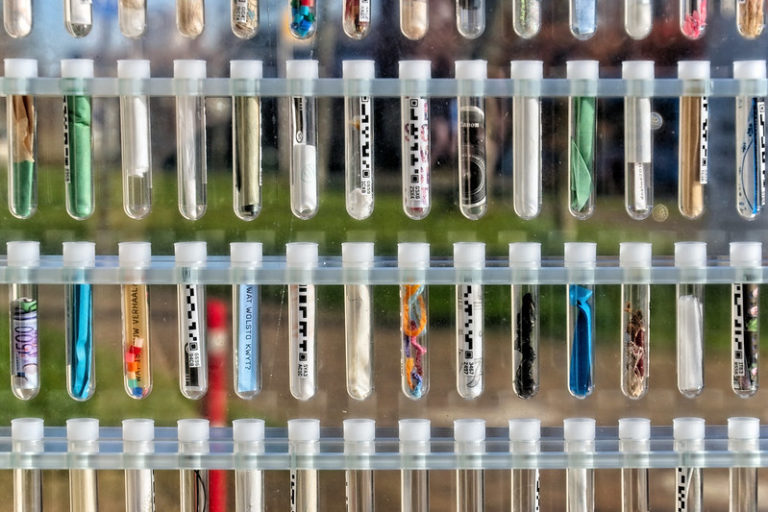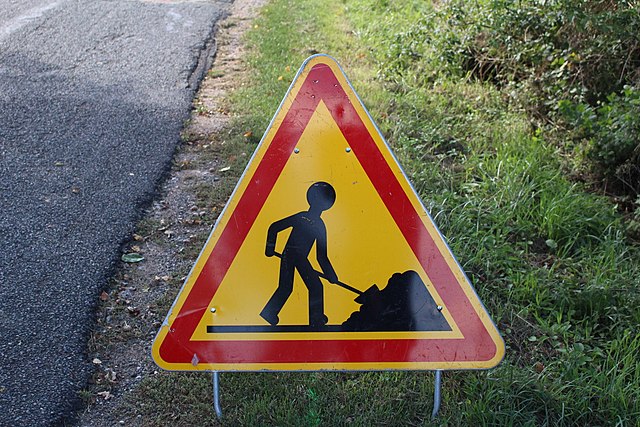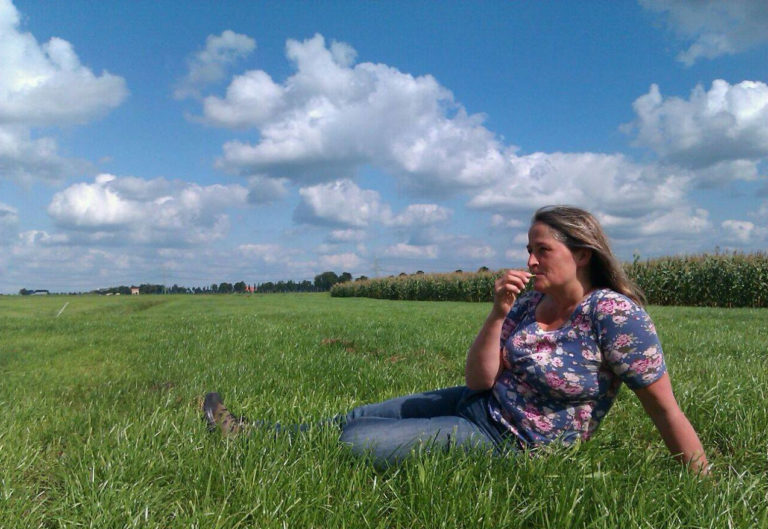Intellectual property rights on living beings will be forced to evolve
The principle of intellectual property rights (IPR) is widely accepted in most Western societies, but it gives rise to debate when it comes to living beings. This area of law has therefore evolved over the years, and even very recently, particularly in the plant sector.

Patents and plant breeders’ rights (PBRs) are the two main IPRs for living organisms, but other suis generis systems are also possible. Patents, the most powerful tool, applies to biotechnological inventions, modified plants, their cells, their genes, etc. The PVC covers plant varieties via their phenotypic (observable) characteristics, provided that they are distinct, uniform and stable (DUS criteria). Patents and PBRs therefore cover two different objects. They can offer cumulative protection, but their balance is currently being questioned.
The patent shaken up
Until June 2023, patent protection in Europe was possible via national patents and the European patent issued by the European Patent Office (EPO)i . Since 1er June 2023, applicants have been able to use a third system: the European patent with “unitary” effect, which operates throughout the territory of the European Union. These two European systems coexist for the European countries they have in common.
The EPO considers as patentable “biological material isolated from its natural environment or produced by means of a technical process, even when it pre-existed in its natural state“ii . Its guidelines add that “a gene which is discovered to exist in its natural state may be patentable if a technical effect is disclosed, for example its use in the manufacture of a certain polypeptide or in gene therapy“, i.e. data associated with a particular industrial utility (see p.14-15). The decision G3/19 of the EPO’s Enlarged Board of Appeal nevertheless excluded from patentability “essentially biological” processes (EBPs)… “if they consist entirely of natural phenomena such as crossing or selection” and the products obtained by such processesiii . This definition of EPB is now being challenged by certain players who want so-called “non-targeted” (or random) mutagenesis to also be considered a natural phenomenon.
In addition, as part of the proposal for a European regulation on GMOs/NGT plants, the Parliament voted on 6 February 2024 to exclude products derived from NGTs (plants, plant material, genetic information) from patentability, while leaving open the possibility of protecting NGT processes (see pp. 9-10). This vote is not definitive and must pass the other stages of the trialogue involving the Council of the EU and the European Commission, and would also require an amendment to the legislative acts in force on patents (see p.13).
Renewed interest in PBRs
The official catalogues of varieties also impose DUS criteria, which ensures a de facto monopoly for varieties that can be protected by a PVC. This DUS “standard” only applies to industrial seeds and is incompatible with farmers’ seeds, which are by nature genetically diverse and not uniformiv .
In recent years, small/medium seed companies and their representatives, who are supporters of PBRs, have warned of the possible hegemony of patents on NGTs and the products derived from them, which could prevent access to genetic resources. Some patent attorneys with close ties to the industry also argue that PBRs, rather than patents, should be used to protect products derived from NGTsv .
The International Union for the Protection of New Varieties of Plants (UPOV), for its part, has opened up to the use of molecular criteria for PBRs using genetic techniques to identify the characteristics of certain plant varieties. In practical terms, with the help of these genetic criteria identified by molecular markers, breeders could trace varieties more effectively and strengthen seed companies’ control over farmers (see p. 4-5).
i This title must then be claimed in each EPO member country where the holder wishes to exploit it, which is very costly given the number of countries involved.
ii European Patent Convention, rule 27.
iii European Patent Office, Decision G03/19 “Essentially biological processes”, 14 May 2020.
iv However, a European regulation (EC no. 2018/848) which came into force on 1 January 2022 has created the concept of biologically heterogeneous material (BHM) to authorise the marketing of less homogeneous seeds.
v Kim, D. Kock, M. et al. « New Genomic Techniques and Intellectual Property Law: Challenges and Solutions for the Plant Breeding Sector ‒ Position Statement of the Max Planck Institute for Innovation and Competition », GRUR, 8 January 2024.














